Up Next

The Hungarian Grand Prix has an unusual prominence in the recent history of the ‘other’ Red Bull in Formula 1.
It was at the Hungaroring in 2018 where Daniel Ricciardo’s Red Bull future reached a near-certainty, only to dramatically swing to him deciding to leave for Renault within 24 hours of him finishing the post-race test.
The following year’s Hungarian GP sealed the fate of Ricciardo’s replacement, Pierre Gasly, as the Frenchman’s difficult half-season at the senior team reached a nadir in a grand prix where he was lapped by race-winning team-mate Max Verstappen. That was Gasly’s last race for Red Bull.
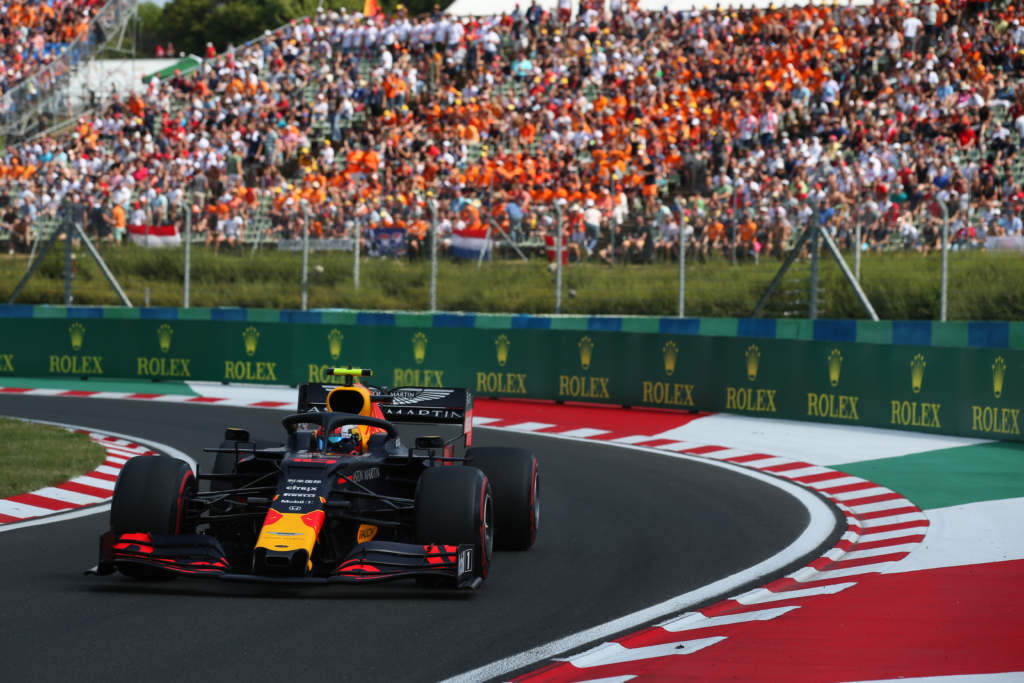
In 2020, Gasly’s successor Alex Albon had such a difficult weekend – mainly in qualifying when he was a Q2 victim – that his friend George Russell was moved to declare Red Bull were making Albon look like an idiot. Albon would finish the season (Hungary was only round three of the odd 2020 schedule) but ultimately lost his drive as well.
So what will the 2021 Hungarian Grand Prix hold for Sergio Perez, the latest attempt for Red Bull to find a long-term partner for Verstappen?
A few races ago it would seem like even the bogiest of bogey tracks could hardly bode poorly for Perez. This writer suggested after Perez’s Azerbaijan Grand Prix win that a new contract looked a no-brainer and that position was strengthened by a good run to third at the following race in France.
However, Perez’s season has stalled since then. He was off the podium in two races at the Red Bull Ring, and had a particularly messy Austrian Grand Prix, while Verstappen dominated both of the team’s home events.
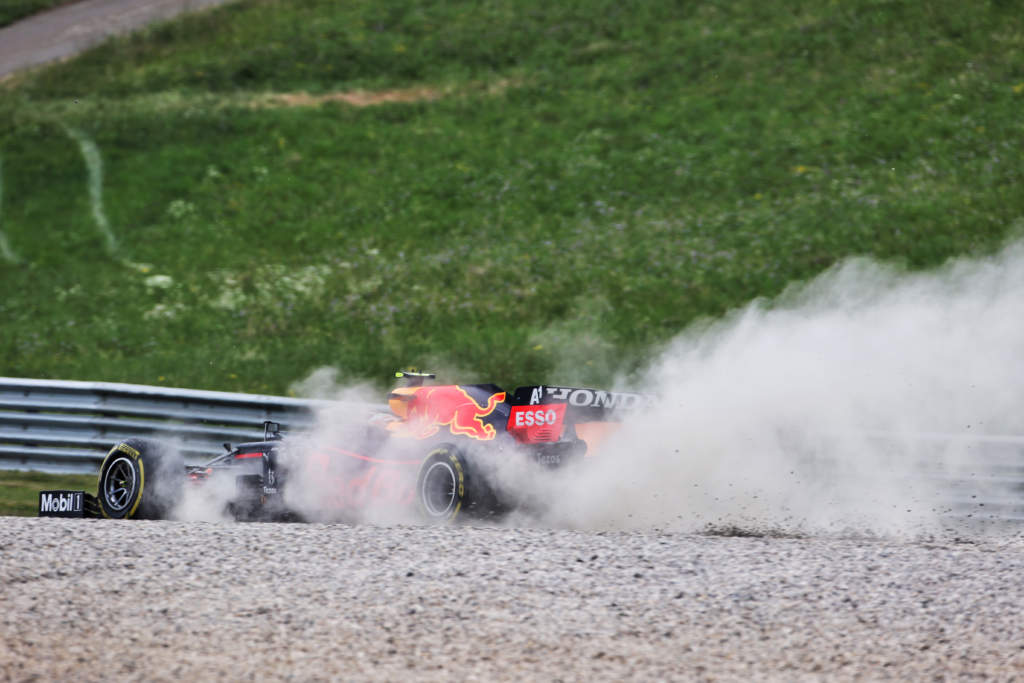
Then at the British Grand Prix, where Verstappen was put into the barriers by a collision with title rival Lewis Hamilton, Perez was nowhere near picking up the scraps because an unspectacular qualifying result had given way to a needless and costly spin in the sprint race.
Now it seems that whatever Perez does in Hungary this weekend it’s unlikely Red Bull’s metaphorical hand is waiting to sign on the dotted line and commit to keeping him in 2022. But it’s fair to say this weekend is an important one in either re-establishing strong faith in Perez or giving Red Bull cause for concern right as F1 heads into a lengthy summer break.
Perez is not a great qualifier but his peaks on Sundays have been very close to Verstappen. So it is inevitably a concern when the driver who depends more on his racecraft suddenly finds his racecraft wanting.
Additionally, this part of Perez’s dip in form is a little similar to Albon’s second half of 2020. Initially, Albon would make up for a major qualifying deficit to Verstappen with more forceful race drives that at least meant he recovered a reasonable position.
In the first nine races he had an average starting position of 7.5 but an average finishing position of 6.75. As the season wore on, his qualifying pace didn’t really improve relative to Verstappen even though the starting position improved to 7.1, and that’s including the anomaly of a grid penalty – but more concerningly and his races got more erratic, yielding an average finish of only 81.
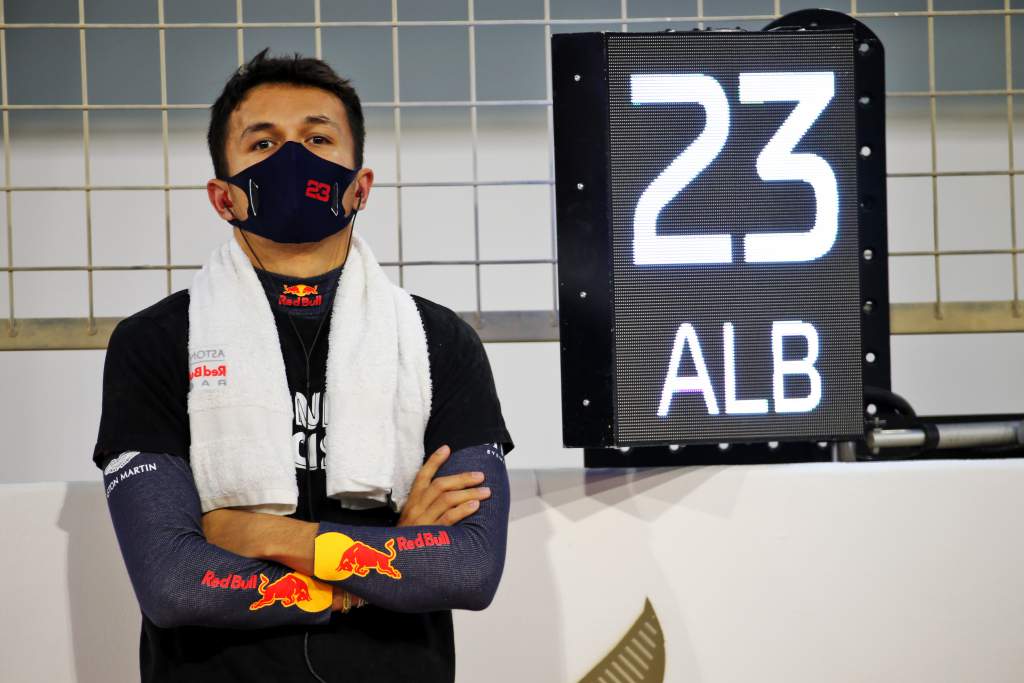
Three races represent too small a sample set to declare Perez is going down the same path, especially as he has at least been using the Red Bull’s new-found superiority to produce more consistent qualifying performances (sixth, fourth, fourth, third and fifth in the last five events).
But his Sunday performances have dropped, of that there is no question. He was disappointed with himself in Austria for his clashes with Charles Leclerc and he was understandably crestfallen after the British GP weekend in which his sole contribution to Red Bull’s effort was a pitstop for fastest lap that at least denied Hamilton an extra point.
Perez needs to stop the rot at the Hungarian Grand Prix, a track that is a mega Red Bull hunting ground despite not being particularly kind on the ‘other’ Red Bull in the last couple of years. But it’s interesting to note that this is also one of Perez’s worst races.
Perez’s worst races
| Track | Races | Average result |
| Korea | 3 | 12.3 |
| Silverstone | 10 | 11.7 |
| Hungaroring | 10 | 11.1 |
| Shanghai | 9 | 11 |
| Melbourne | 9 | 10.4 |
The three races completed in Korea should be discounted for this exercise, given there were so few and they happened so early in Perez’s career. Which puts Hungary only behind Britain for the title of ‘Perez’s Worst Grand Prix’.
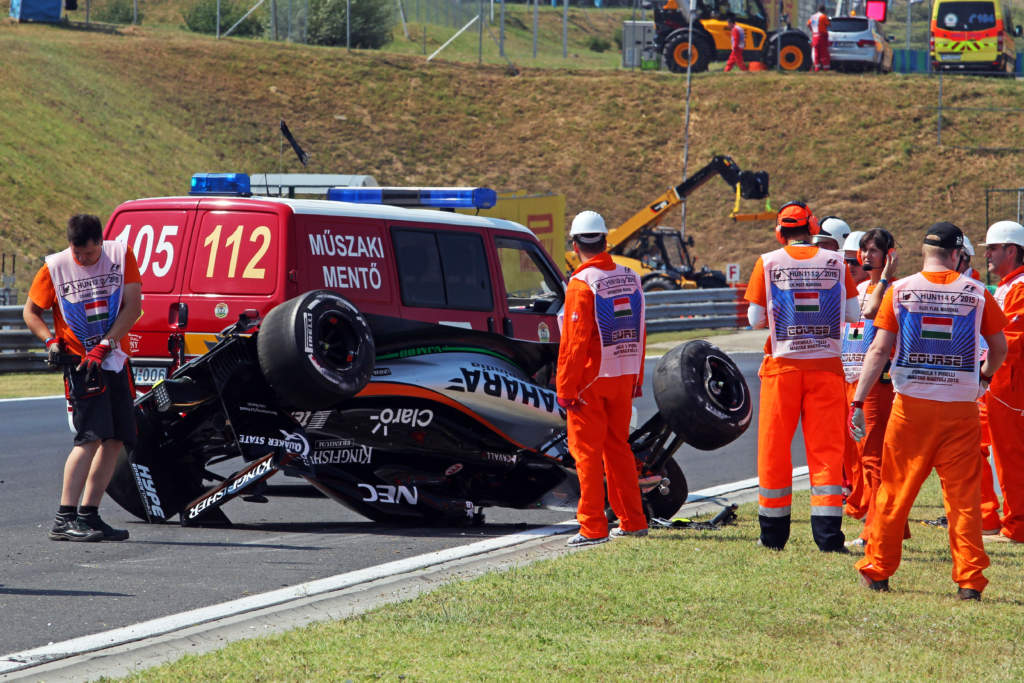
On paper then, it’s no surprise Perez tanked at Silverstone. And there’s little reason to think he’ll star at the Hungaroring in the same way he did in Baku, a track he has a superb record at.
There will likely be a driver-dependent factor in the underwhelming averages noted above. But there are also vital circumstantial elements to consider. Mainly, the opportunities Perez had in the past. Because the Hungaroring and Silverstone are completely different tracks, yet yield similarly underwhelming histories for Perez.
In his time driving Saubers and Force Indias and Racing Points it’s fair to say Perez rarely had the machinery for anything other than midfield antics, apart from in exceptional circumstances. Often, these cars were ill-suited to the extremities offered by Silverstone and the Hungaroring – lacking downforce, lacking mechanical grip, compared to cars that had specific strengths.
It’s no coincidence, for example, that Perez’s best result in Hungary was last year, when the ‘pink Mercedes’ was the second-fastest car in qualifying and Perez stuck his fourth on the grid. He only finished seventh but that was after losing out in the mad rush of pitstops early on as everyone ditched their intermediates and swapped to slicks.
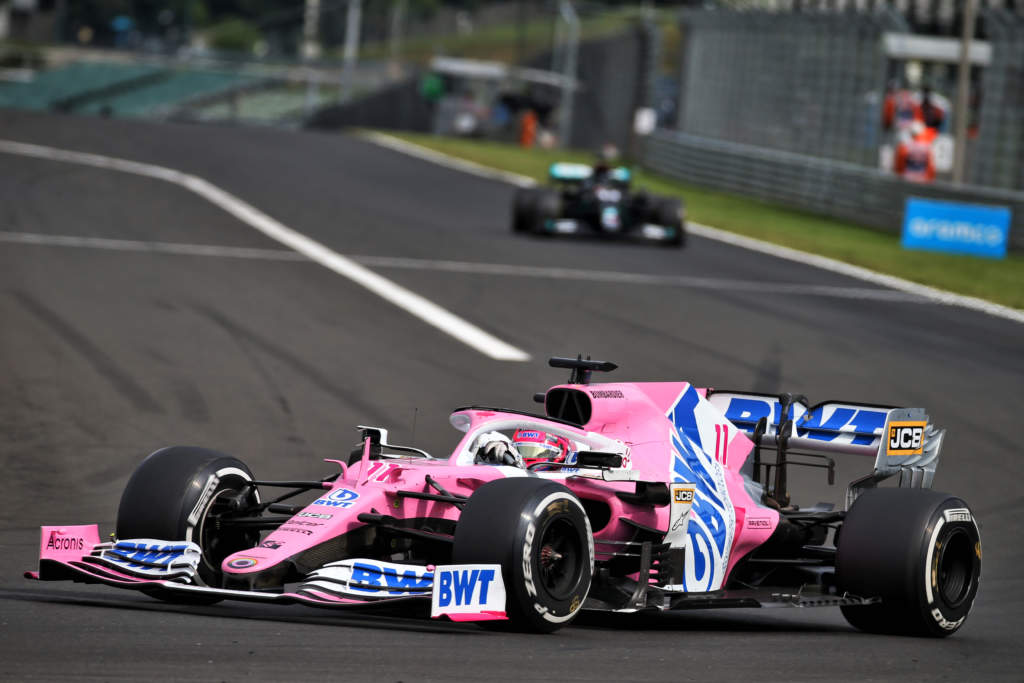
The French GP also offers support for the theory. In midfield machinery Perez’s qualifying and race results in 2018 and 2019 were extremely ‘meh’. In the Red Bull he had a fine grand prix to beat a Mercedes to a hard-earned podium. Driver histories mean little when the quality of their machinery changes dramatically.
We can therefore expect Perez to smash in a personal best race result this weekend. Harnessing the potential of the RB16B should net Perez a good starting position and a podium finish. It would be disappointing to see otherwise – unless of course Red Bull gets it wrong, and Mercedes has the edge after all.
The factor that has allowed Perez to brush off previous setbacks in his adaptation at Red Bull is knowing that if he hooks it up at the next race a massive result is on the cards. That’s a huge motivation especially as Perez’s peaks prove he’s more than capable of doing it.
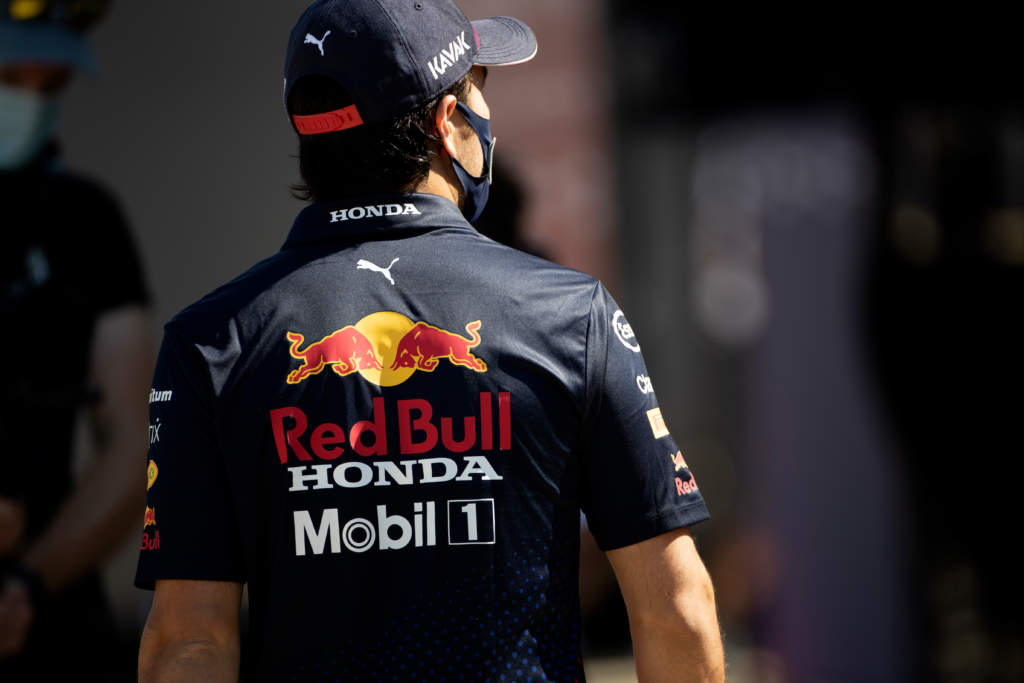
In that sense, any kind of bad omen the Hungarian GP might bring won’t worry him. A couple of bad weekends for the second Red Bull is coincidence rather than proof of any underlying jinx.
Perez’s own poor record at the Hungaroring is more relevant. Yet even that will surely be topped by the huge variable change that is Perez returning to the circuit in F1’s fastest car.
If it isn’t, then Perez might turn what looked like a simple Red Bull decision on 2022 into something more complicated.



